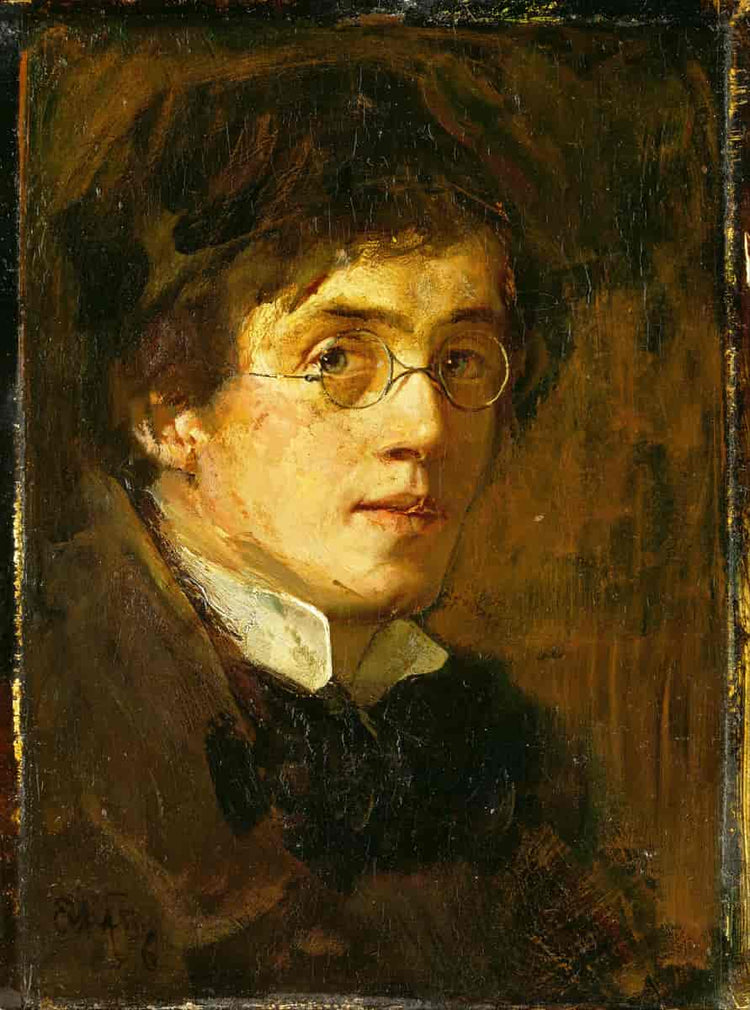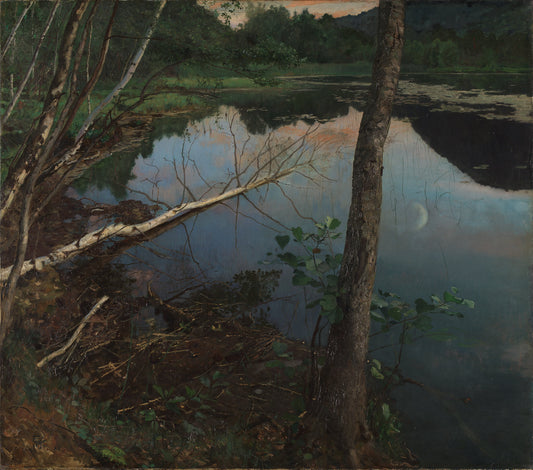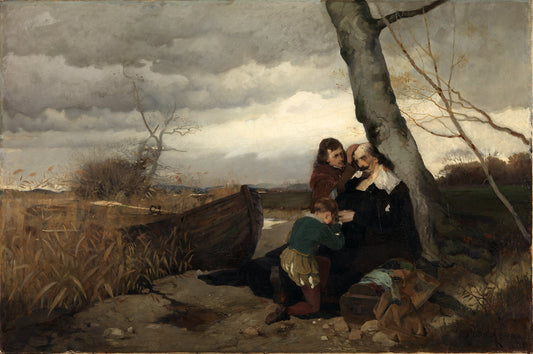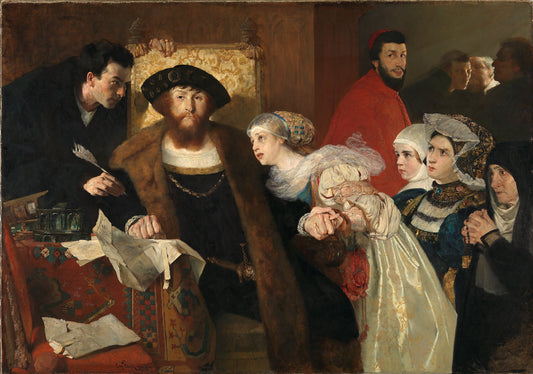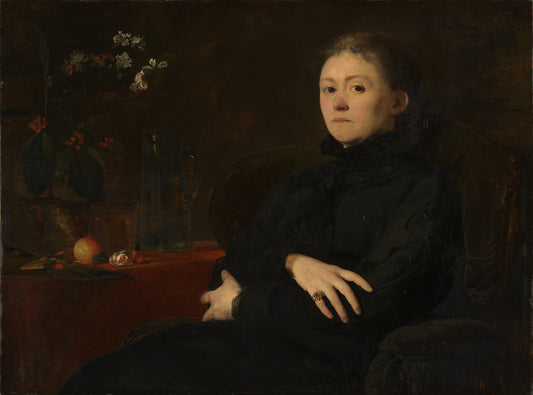Collection: Eilif Petersen
Eilif Peterssen was a Norwegian painter who had a central position in Norwegian contemporary art. He was the first of his generation to be represented in the National Gallery. Peterssen was a pupil of Johan F. Eckersberg in 1869–1870 and studied at the Academy of Fine Arts in Copenhagen in 1871, Karlsruhe in 1871–1873 and Munich under Wilhelm Diez in 1873–1875.
Peterssen received strong impressions of older art during his studies in Munich and Venice in 1875. He is known for his historical compositions such as "Death of Corfitz Ulfeldt" (1873–1874), "Christian 2 signs Torben Oxe's death warrant" (1875–1876) and "Judas Ischariot" (1878), as well as several excellent portraits of famous people such as Hans Heyerdahl, Henrik Ibsen, Johan Svendsen, and Harriet Backer. In 1878 he left Munich and stayed in Italy in the period 1879–1883, where he quickly developed into a plein air painter. He painted works such as "Siesta in an osteria in Sora" (1880) and "Piazza Montanara" (1883). Peterssen also painted his most significant altarpiece, "The Adoration of the Shepherds", which hangs in Jakob Church in Oslo (1881).
Later in his career, Peterssen cultivated the Nordic atmospheric landscape and painted, among other things, "Sommernatt" (1886) and "Nocturne" (1887) while he was at Fleskum in Bærum together with Norwegian painters. He also painted several portraits, including "Kalle Løchen" (1885), "Alexander Kielland" (1887), "Mor Utne" (1888), "Edvard Grieg" (1891) and "Arne Garborg" (1894). Peterssen was caught up in the atmospheric and style-seeking tendencies of neo-romanticism, but after 1890 his art showed a clear decline in quality. His last major works were the decorative series "Gujamar's song" (1904–1907) and "Himmelfarten" in Ullern church's apse (1908–1909). Peterssen also designed the Norwegian coat of arms in 1905.

